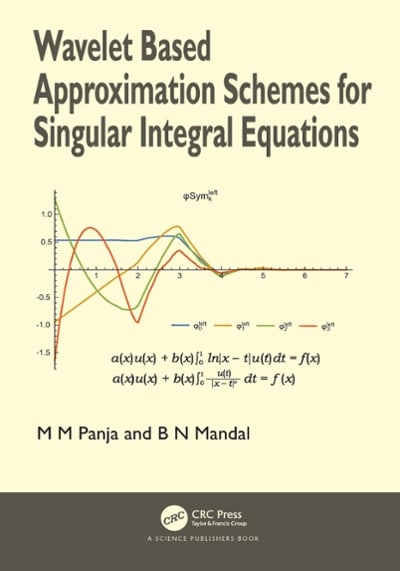Question
Question 1: In the population of males the following statistics are recorded: There is a 64.1% chance a randomly selected male has brown hair, There
Question 1: In the population of males the following statistics are recorded:
- There is a 64.1% chance a randomly selected male has brown hair,
- There is a 4.3% chance a randomly selected male has red hair,
- There is 14.5% chance a randomly selected male has blue eyes,
- There is 19.3% chance a randomly selected male has hazel eyes,
- There is a 8.5% chance a randomly selected male has brown hair and blue eyes
- There is a 21.1% chance a randomly selected male has either red hair or hazel eyes (or both)
(a)What is the probability that a randomly selected male has either brown hair or blue eyes (or both)?(2 marks)
- 0.632
- 0.056
- 0.701
- 0.483
- 0.912
(b)What is the probability that a randomly selected male has red hairand hazel eyes?(2 marks)
- 0.025
- 0.036
- 0.921
- 0.182
- 0.285
(c)What is the probability that a randomly selected male has blue eyes given that they have brown hair?(2 marks)
- 0.167
- 0.372
- 0.209
- 0.654
- 0.133
(d)What is the probability that a randomly selected male has hazel eyes given that they have red hair?(2 marks)
- 0.581
- 0.376
- 0.023
- 0.298
- 0.981
(e)What is the probability that a randomly selected male has brown hair anddoes nothave blue eyes?(2 marks)
- 0.390
- 0.556
- 0.212
- 0.189
- 0.623
(f)What is the probability that a randomly selected male doesnot havered hair andhas hazel eyes?(2 marks)
- 0.012
- 0.897
- 0.934
- 0.198
- 0.168
(g)What is the probability that a randomly selected male has brown hair given that theydo nothaveblue eyes?(2 marks)
- 0.907
- 0.321
- 0.289
- 0.650
- 0.778
Question 2: There is a 5% chance that a randomly selected individual will have O-negative blood.Suppose we randomly select 15 individuals from the population and test them for O-negative blood. LetXdenote the number of individuals in the sample that have O-negative blood.
(a)What is the distribution ofXin conventional statistical notation?(2 marks)
- B(15, 0.05)
- B(15, 0.95)
- B(15, 7125)
- B(0.05, 15)
- N(15, 0.005)
(b)What is the probability that at least 2 individuals in the sample have O-negative blood?(2 marks)
- 0.9638
- 0.1710
- 0.0362
- 0.8290
- 0.0934
(c)What is the probability that less than 5 individuals in the sample have O-negative blood?(2 marks)
- 0.9999
- 0.3812
- 0.4633
- 0.9994
- 0.0006
(d)What is the P(1 < X4) equal to?(2 marks)
- 0.0356
- 0.5361
- 0.3896
- 0.1704
- 0.0678
(e)How many adults in the sample do we expect to have O-negative blood?(2 marks)
- 1
- 0.75
- 5
- 15
- 3
(f)What is the variance ofX?(2 marks)
- 1.9267
- 2
- 0.8441
- 15
- 0.7125
Step by Step Solution
There are 3 Steps involved in it
Step: 1

Get Instant Access to Expert-Tailored Solutions
See step-by-step solutions with expert insights and AI powered tools for academic success
Step: 2

Step: 3

Ace Your Homework with AI
Get the answers you need in no time with our AI-driven, step-by-step assistance
Get Started


